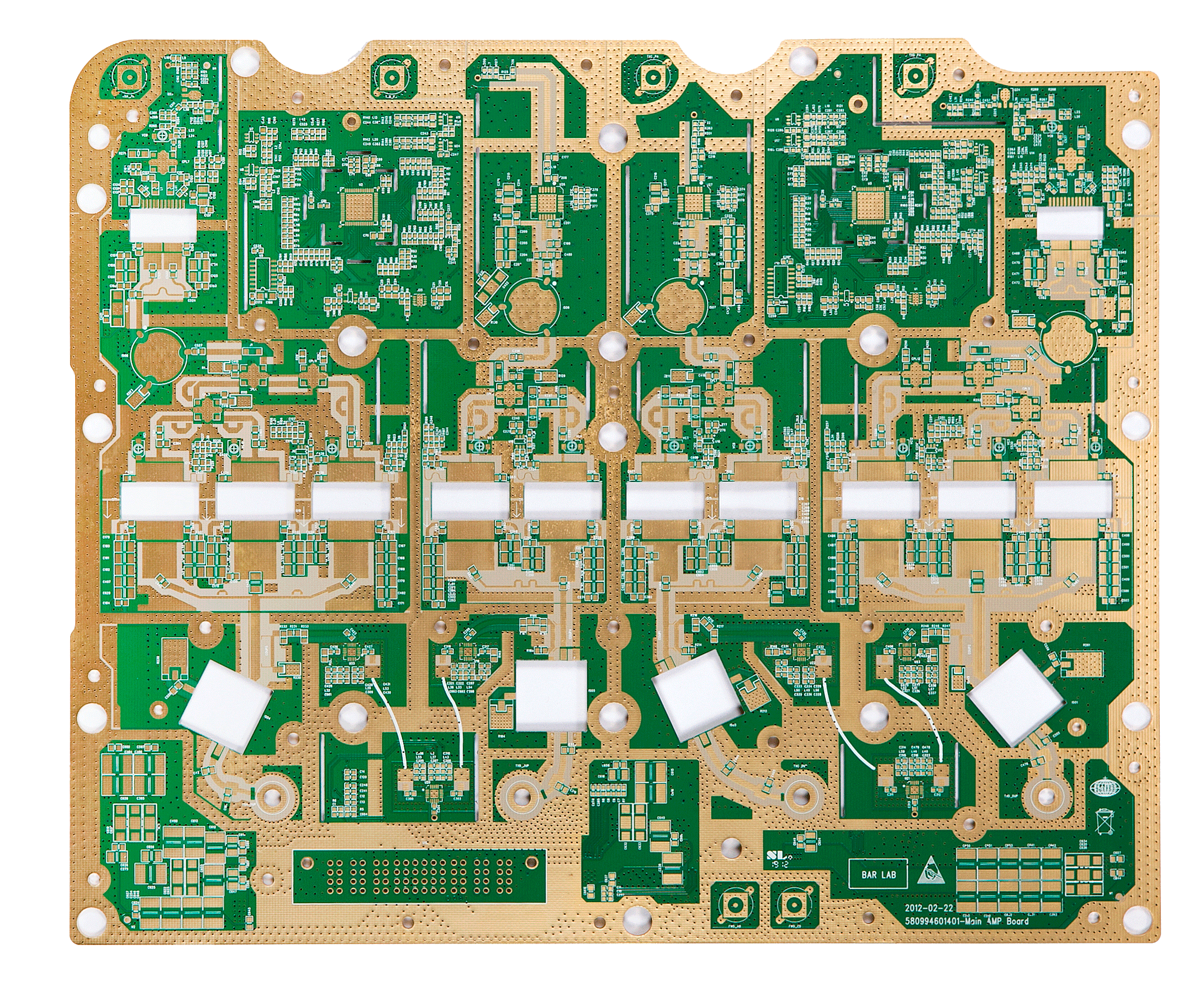Introduction
Phased array radar systems require specialized materials to enable their unique capabilities. One of the leading suppliers of these advanced materials is Rogers Corporation. In this article, we will explore the various Rogers materials used in phased array radar systems and their key properties.
Rogers Materials Overview
Rogers Corporation offers a range of high frequency circuit materials optimized for phased array radar systems. Here is an overview of their key material families:
RT/duroid® Laminates
- RT/duroid 6002 – Glass microfiber-reinforced PTFE composite with excellent dielectric properties. Ultra-low loss, low moisture absorption.
- RT/duroid 6010 – Ceramic-filled PTFE composite with outstanding thermal and mechanical stability. Ultra-low loss, high εr.
- RT/duroid 6202 – Woven glass-reinforced PTFE composite. Low loss, environmentally stable.
RO3000® Series Laminates
- RO3003TM – Woven glass-reinforced ceramic-filled PTFE composite. Low loss, TCE matched to copper.
- RO3006TM – Woven glass-reinforced ceramic-filled PTFE composite. Ultra-low loss, improved εr stability.
RO4000® Series Laminates
- RO4350BTM – Woven glass-reinforced PTFE composite with excellent high frequency performance. Low loss, stable electrical properties.
- RO4835TM – Ceramic-filled PTFE composite optimized for millimeter wave applications. Ultra-low loss, stable dielectric constant.
Key Properties
The Rogers materials offer several critical properties needed for phased array radar designs:
- Low dielectric loss – Enables high frequency operation with minimal signal loss. Loss tangents below 0.002 are typical.
- Stable dielectric constant – Minimizes variations in circuit performance over temperature and frequency.
- Controlled coefficients of thermal expansion (CTE) – Prevents buckling or warping under thermal cycling. Rogers materials have CTE matched to common metals like copper.
- High thermal conductivity – Allows efficient heat dissipation from high power phased array modules.
- Mechanical stability – Provides rigid, self-supporting circuit substrate for phased array modules. Withstands vibration/shock environments.
- Ease of fabrication – Compatible with standard PCB processes like imaging, plating, and lamination.
Applications
The unique properties of Rogers materials make them suitable for the following phased array radar applications:
- Active electronically scanned arrays (AESAs) – Used in radars for precise beam steering and rapid scanning. Require ultra-low loss, thermally stable circuit materials.
- Airborne radars – Size/weight constraints demand materials with excellent mechanical, thermal, and electrical properties.
- Shipboard radars – Materials must withstand marine environment exposure over decades. Rogers materials offer proven moisture resistance.
- Military radars – Ruggedized for demanding environments. Rogers materials are engineered for stability across wide temperature ranges.
- Automotive radars – Safety critical operation up to mmWave frequencies places strict demands on circuit materials.
Conclusion
Rogers Corporation’s diverse material families offer optimized solutions for the critical demands of phased array radar systems. From AESAs to automotive radars, their low loss laminates provide the stable, thermally matched substrate needed for high performance operation. With continued material innovations, Rogers enables the exciting future of phased array radars across both civilian and defense applications.
Frequently Asked Questions

What are some key properties needed in materials for phased array radars?
Some key properties include low dielectric loss, stable dielectric constant, controlled coefficients of thermal expansion, high thermal conductivity, mechanical stability, and ease of fabrication. Phased array materials must maintain excellent electrical, thermal and mechanical performance.
How do Rogers materials help enable phased array radar capabilities?
The optimized properties of Rogers laminates allows phased arrays to perform precision beam scanning, rapid frequency hopping, and wide instantaneous bandwidths. Their low loss and stability are critical in phased array modules operating at mmWave frequencies.
What Rogers material is best suited for airborne phased array radars?
RT/duroid 6002 is an excellent choice for airborne arrays. Its PTFE composite construction provides low loss, lightweight mechanical stability, and moisture resistance needed in aircraft and missile applications.
Can Rogers materials withstand harsh environmental exposures?
Yes. Many Rogers laminates offer proven performance under wide temperature cycling, humidity/moisture, and mechanical shock/vibration conditions experienced in military and aerospace systems.
Are Rogers phased array materials compatible with standard PCB processes?
Yes, Rogers offers a range of laminate and bonding film materials that are highly compatible with common PCB manufacturing processes like imaging, plating, lamination, and drilling. This facilitates cost-effective fabrication.

Leave a Reply